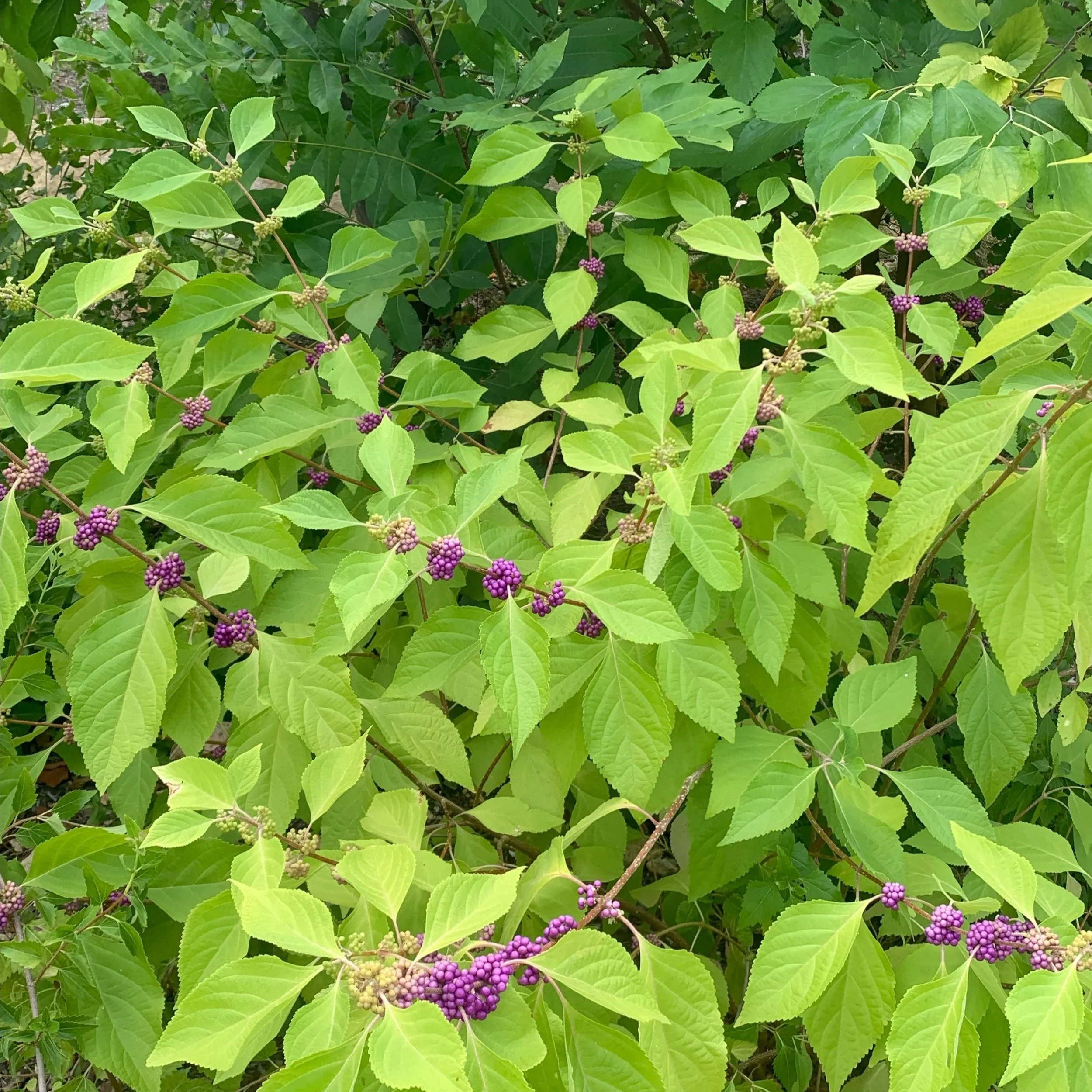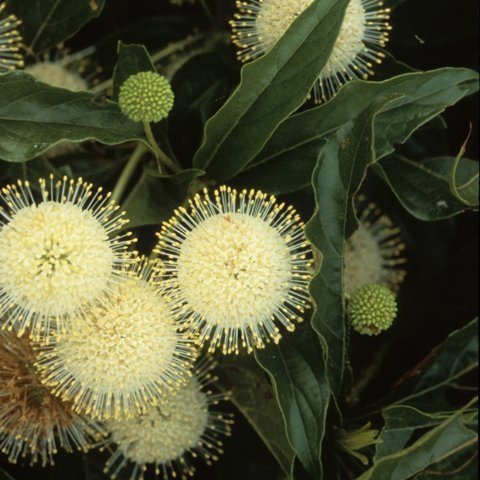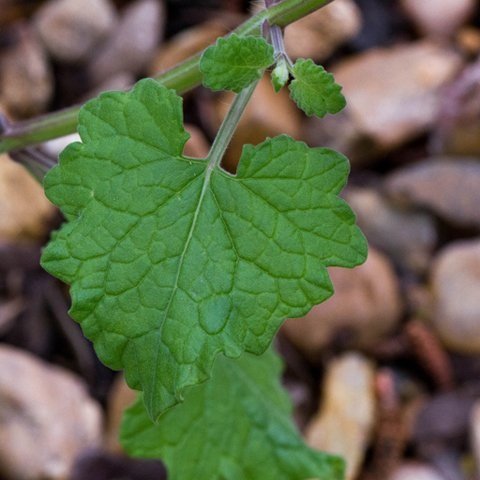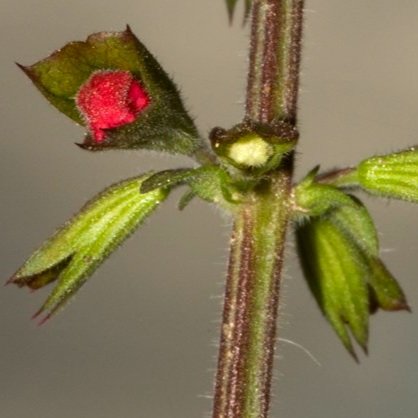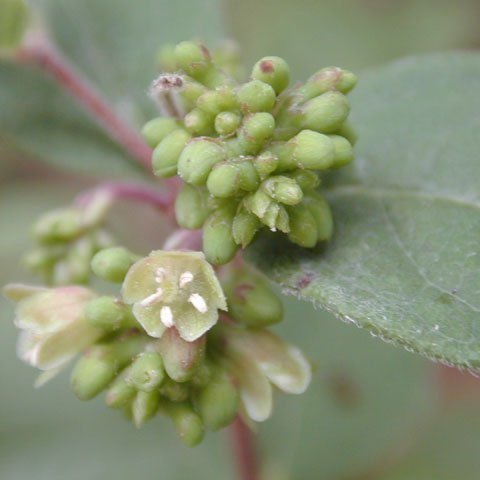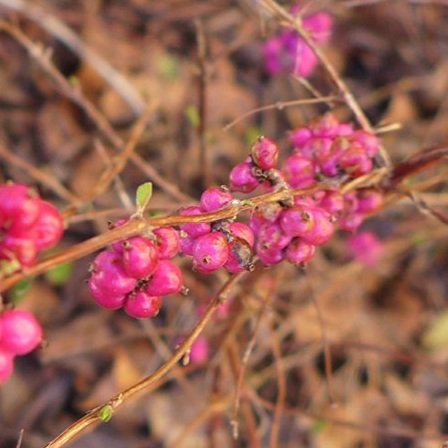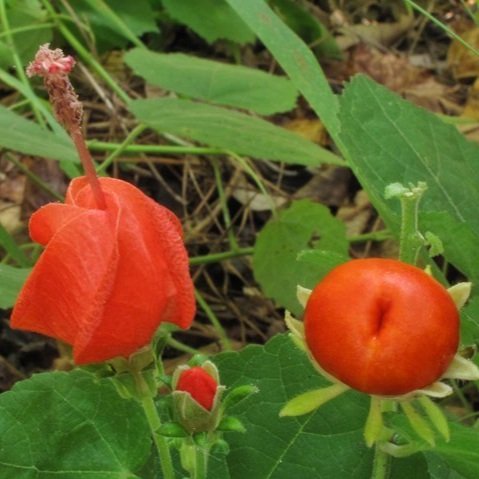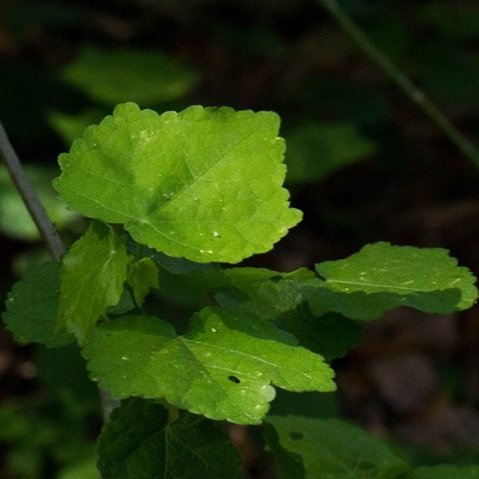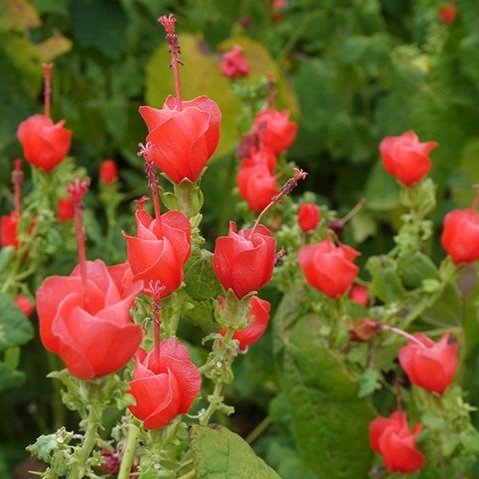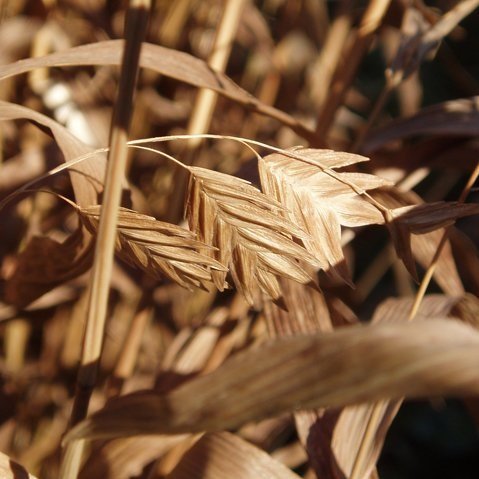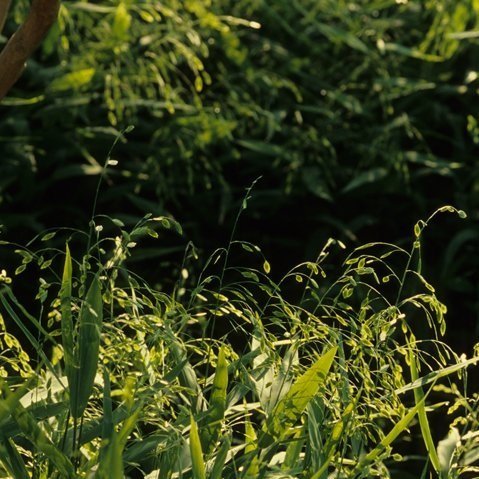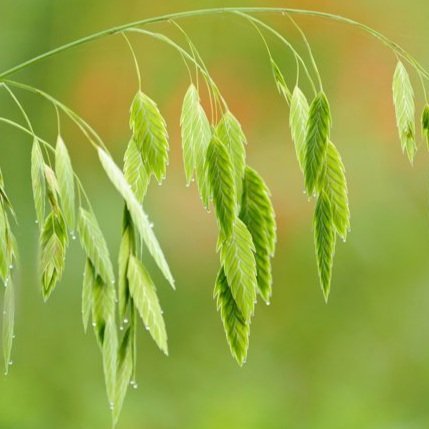Shrubs & Grasses
American Beautyberry
Callicarpa americana, or American Beautyberry, is a medium-sized shrub that is commonly found in wooded areas throughout East Texas. They are predominantly found in ecoregions like the Coastal plains and Pinelands of the state. In addition to being a native in Texas, it is also commonly found throughout the Southeastern United States, parts of Mexico, and the Caribbean - specifically in the Bahamas, Bermuda, and Cuba.
American Beautyberry is a deciduous shrub with long branches that usually arch outwards anywhere between 4-6 feet. In the early summer, the branches will bloom with small green-ish white flowers that eventually turn into bright purple berries by the end of the season. The blooms and fruit of the American Beautyberry are a source of food for many birds, bees and butterflies, while its branches provide these organisms with shelter.
In certain folk remedies, the leaves of the American Beautyberry were crushed up and then applied to skin to deter mosquitos and other biting insects. Some lab studies have also identified the shrub as an effective deterrent because of the chemical compound Callicapenal, found in the leaves of the plant.
Button Bush
The common buttonbush (Cephalanthus occidentalis L.) is a perennial plant with deciduous leaves that is considered a multi-stemmed shrub. It can grow up to 12 feet tall and is most identifiable by its unique flowers. These white to pale pink blooms pop up in the summer and cluster together to make a bright sphere.
Found throughout the continental US and parts of Canada, this plant is fond of shade as well as poor draining, moist, limestone-based, sandy, and clay soils.
In landscaping, it is appreciated for its fragrant blooms as well as its ornamental fruits - a rounded cluster of nuts. In the wild, these same traits are valuable for organisms as its nectar provides sustenance for butterflies and bees, while its brown nutlets are enjoyed by various bird species.
Cedar Sage
The Cedar Sage (Salvia roemeriana) is a perennial shrub of the mint family with beautiful green scalloped leaves and bright red flowers. These crimson blooms most prominently appear in early spring but sporadically bloom all the way through late summer.
As a Texas native, it is distributed throughout central and west Texas, but can also be found in northern Mexico. It can grow between 1-2 feet tall and is fond of shady limestone outcrops, ideally in dry, alkaline, limestone-based soils.
On the Edwards Plateau, it has developed the unique adaptation of growing in the fine leaf mulch deposited under Ashe Juniper, or cedar, trees.
To humans, the Cedar Sage’s bright red flowers and unique foliage offer visual appeal in ornamental landscaping, while culinarily speaking, its sweet edible flowers are sometimes used as a garnish. Additionally, Cedar Sage is known to attract hummingbirds and butterflies due to the nectar from its blooms and nutlets.
Coral Berry
Coralberry (Symphoricarpos orbiculatus) is a deciduous shrub that can grow between 4 and 6 feet tall in shaded woods, river banks, and stream banks. It is found between the Eastern, Central, and Southern United States and prefers well-drained sandy, loam, or clay soils.
From April to September, a Coralberry produces tiny green and white flowers. Throughout most of the year, these shrubs boast dull-green, waxy leaves. Coralberries are most distinguishable for their bright pink and purple fruit that are visible throughout the winter.
Coralberries attract a vast array of birds and mammals who not only consume their brightly colored drupes but also use the plants for shelter and nesting.
Turks Cap
Turk’s Cap, scientific name Malvaviscus drummondii, is a shrub that is often used to decorate landscapes throughout Texas. It is native to North America and found in the Southeastern United States throughout the Texas Coastal Plains all the way to Florida. Turks Cap can also be found in Mexico, and in the Caribbean where it is native to Cuba and the West Indies.
It is considered an herbaceous perennial, meaning its roots survive throughout the year while the plant’s growth dies off and comes back. In warmer areas like the Valley the plant can grow year round, whereas in more central and northern regions of the state, the plant's growth dies off as the weather gets colder.
Turk’s Cap has leaves that are light green and palmate, meaning the lobes divide out from a point like fingers on a hand. Its most notable feature are the small but bright red flowers that resemble unopened hibiscus flowers. Each petal of the flower wraps around the stamen of the plant like a hollow cylinder, leaving room for its berries to grow. The red fruit of the Turks cap is edible and is often enjoyed by many birds and animals, while its nectar is consumed by hummingbirds and butterflies.
Turk’s Cap usually blooms in Summer and Fall when the weather gets hotter. It is a tough plant that can tolerate drought, humidity, full-sun, full-shade, and a whole lot more. This plant is often found along streams, the edge habitats between wooded and non-wooded areas, and on wooded slopes and ledges.
Yaupon Holly
Yaupon Holly (Ilex vomitoria) is considered a shrub or a small tree that is native to Texas that usually grows up to 25 feet tall, but in some instances can grow up to 45 feet.
This multi-trunked evergreen shrub has small, dark green, oblong leaves and pale gray bark. Both male and female varieties produce flowers, but its iconic bright red drupes are produced by female varieties.
In nature, organisms depend on the fruit and flowers of the Yaupon as a valuable resource. Many mammals and birds eat the berries, while butterflies and bees feed on the nectar of the flowers. The branches of the Yaupon serve as a nesting site for birds, and its leaves serve as the larval host for the Henry’s Elfin butterfly.
Human use of this plant includes home decoration throughout the winter season and ornamental planting. The fruit of the Yaupon Holly contains caffeine and has been used by Indigenous American tribes to make a ceremonial tea that resembles yerba mate from South America.
The Yaupon Holly is considered a versatile plant that can grow in various degrees of sun and shade, water, and types of soils.
Inland Sea Oat
Inland Sea Oats, scientific name Chasmanthium latifolium, are a species of native perennial grasses that, among other areas, are indigenous to North Central Texas. Also known as River Oats or Wild Oats, they get their name from the location they commonly grow in and their resemblance to their coastal counterpart the Sea Oat (Uniola paniculata). They are most commonly found along river banks, flood plains, and limestone glades. Outside of the wild, they are incorporated into soil erosion projects around many types of water features for their strong root systems that retain soils effectively.
They are a hardy species that prefers damp shaded areas but can tolerate drought and intense heat. Additionally, they are capable of growing in a vast range of soil types.
The most recognizable feature of Inland Sea Oats are their seed spikelets that possess a distinctive chevron pattern. In the Summer these seed heads are bright green before transitioning to golden brown tones in the Fall. Once these seed heads turn golden they are ready to be collected and can be planted in other areas - even a pot!

